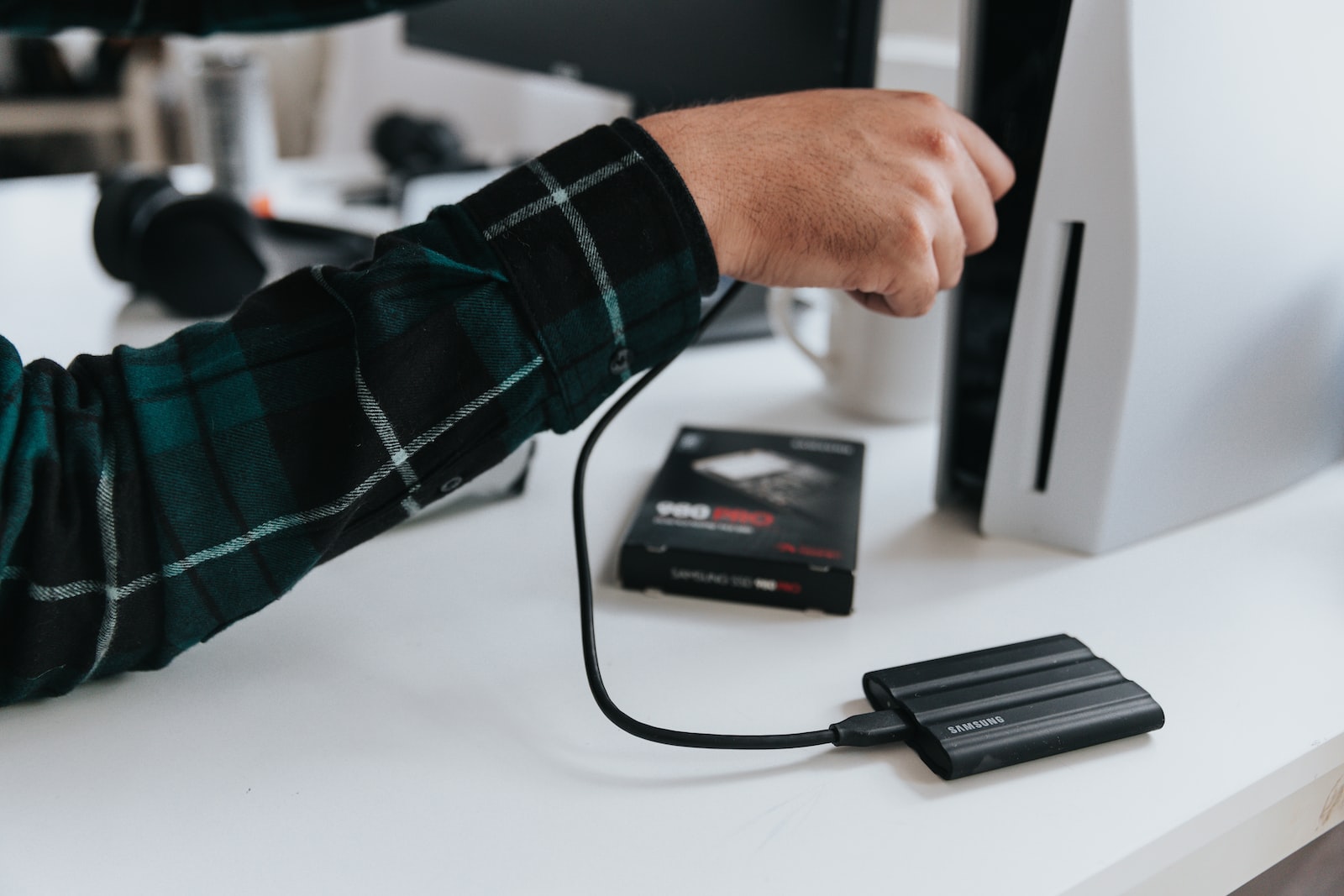How does a SSD delete data may seem like a daunting task, but we will help make it much simpler to do. SSDs are a serious breakthrough for those seeking faster speeds with their storage devices. They are smaller, which means they use less space and harder to fail than a conventional hard drive.
If you want to know how does a SSD delete data, keep reading as we share how and much more questions that are relatable. The information you will receive here will make you the wiser when it comes to knowing what to do with SSDs and much more.
Contents
How Does A SSD Delete Data? – The Facts
A SSD is made up of flash memory cells, and therefore data can be deleted at the individual cell level. This means that each cell (or section of a cell) can store zeros or ones as well as any combination in between. When we delete a file on a standard hard drive, every sector where data used to reside must be overwritten with new information for the space to be considered empty.
This means that even after files have been deleted from your hard drive, traces of those files remain on your computer’s hard disk. When the modern Solid State Drives were invented in the early 2000s they made much noise about how they could write over old data faster than ever before. However this still meant they were writing over old data rather than deleting it permanently.
Do SSDs Store Deleted Data?
No, SSDs do not store deleted data. SSD is a type of solid-state drive (SSD) that uses flash memory as opposed to rotating platters to store data. Rather than storing data across multiple chunks of magnetic media like typical hard disk drives (HDDs), SSDs store it all in one place for faster access.
When you delete a file, the operating system marks it as deleted. But the data on your SSD continues to exist until it is overwritten. Erasing a file requires your operating system to overwrite the data by storing new information on that part of the disk. Typically, this takes between 10 and 30 minutes depending on the size of your SSD and how much data is currently stored on it.
What Happens When You Delete Data On An SSD?
When you delete information from an SSD, the bits of data don’t disappear. The actual space they occupy on the drive is marked as available and can be overwritten if new data is saved on it. However, there will remain some “ghost” impressions of the original data unless these areas are overwritten with other information.
When you delete data, that data isn’t actually removed from the drive. Instead, it’s marked as “dirty” or “unused” space. The next time the drive goes through its cleaning process, these dirty blocks will be cleaned and converted back into usable storage space.
Is It Possible To Recover Deleted Files From SSD?
If you want to know if it’s possible to recover deleted files from SSD, the answer is yes. All you need is a good SSD data recovery software. The SSD (Solid State Drive) drives are still new, and they are growing in popularity every year. They are becoming the standard storage device for laptops and computers because of their reliability and performance. But most people believe that once their data has been deleted on an SSD drive, it is gone forever.
If a user has accidentally deleted a file from internal hard drive, then he will find that the data is no longer visible in the directory listing and other file explorers; deleting a file does not erase it completely but moves it to the recycling bin or trash folder of the computer system.
How Many Times Can An SSD Be Wiped?
Most SSDs can be wiped thousands of times before their performance degrades. You could probably wipe an entire drive a thousand times and still leave it able to run your programs. An SSD can be wiped an infinite number of times. They are much more resilient to physical damage than HDDs, and data cannot be recovered from an SSD once it has been overwritten.
If you have concerns about how many times you can wipe your SSD, we can confidently say your SSD may become obsolete before you can out use the need to wipe it or format to add fresh data. Most SSDs can be wiped numerous times, but it depends on the memory controller configuration and the quality of the manufacturing process.
Can A Magnet Erase An SSD?
As far as we know, a magnet cannot erase an SSD. A magnetic field is a ‘right-handed’ object meaning that the magnetic lines are attracted to the North polarity of a magnet and repel from the South polarity. An SSD has no memory cells and relies on embedded flash controllers inside each chip.
A magnet will not erase an SSD. If a large enough magnet were held near the drive, it may damage some components, but it will not erase the data. However, some of the early SSDs were made using older technology that was magnets and static-sensitive. So, if you have an older model, it may be possible to erase it with a magnet.
Final Thoughts On How Does A SSD Delete Data
So, how does a SSD delete data? We conclude that the data on a SSD only is permanently gone when the storage device is overwritten despite being deleted from your view. If you want the data on your solid state drive to be deleted, be sure to write new data once you delete the old.

